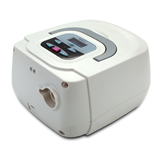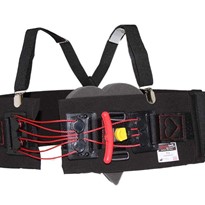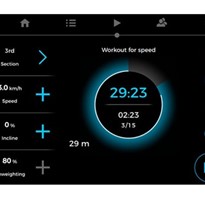If the asymmetry is not sufficiently reduced early in the rehabilitation process, the impact of compensatory mechanisms may lead to its worsening and subsequent difficult and ineffective treatment in the later phase of rehabilitation.
Four patients with various neurological conditions (neuromuscular disease, post-stroke paresis, radicular syndrome and PNS injury) completed a treatment program combining ten sessions of body-weight supported treadmill therapy and conventional physiotherapy. Gait parameters and symmetry indexes were measured and evaluated at the baseline, during every other session and their development was mutually compared.




After ten sessions, the patient with radicular syndrome had an almost symmetrical gait across all monitored parameters. Similarly, almost complete gait symmetry restoration was observed in a patient with neuromuscular disease. Slight gait asymmetry persisted in the post-stroke patient, but within the acceptable range for all gait parameters. The patient after the PNS injury showed an asymmetry outside the acceptable range, but only in the swing time and the swing/stance time ratio.
The study confirmed the potential of body-weight supported treadmill therapy in restoring gait symmetry in patients with various neurological conditions. This treatment approach holds the promise of effective gait retraining regardless of the origin and nature of the neurological impairment.









-160x160-state_article-rel-cat.png)













-205x205.jpg)







